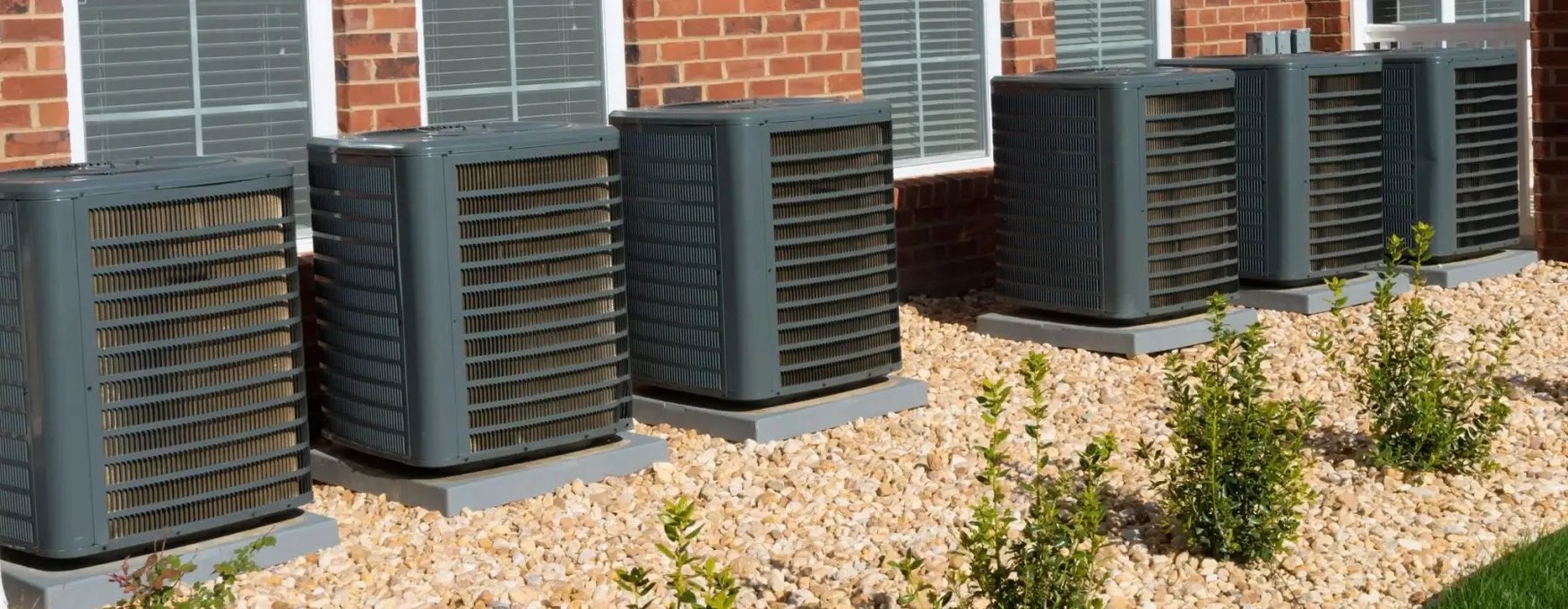How to Design High-Performance HVAC Systems for LEED Certification

Achieving Leadership in Energy and Environmental Design (LEED) certification is increasingly a goal for building designers and architects aiming to create energy-efficient, environmentally friendly spaces. One of the most critical components in LEED certification is the HVAC (Heating, Ventilation, and Air Conditioning) system, which plays a substantial role in a building's overall energy performance and occupant comfort.
A high-performance HVAC system improves indoor air quality and reduces energy consumption. It also directly contributes to earning LEED points, propelling the building closer to certification.
Understanding LEED Certification Requirements
LEED certification uses a point-based system that assesses various elements of building performance, such as energy and water efficiency, materials, indoor air quality, and environmental impact. In the context of HVAC systems, LEED credits are awarded for energy efficiency, indoor air quality, and thermal comfort. Some specific credits include:
- Energy and Atmosphere (EA): Rewards buildings that reduce energy usage and minimize environmental impact.
- Indoor Environmental Quality (IEQ): Focuses on improving indoor air quality, ventilation, and thermal comfort for occupants.
Set Clear Performance Goals
Setting clear performance goals aligned with LEED standards is essential before starting the design process. Collaborate with stakeholders to establish key metrics, such as energy efficiency targets, air quality levels, and comfort standards. Goals should be measurable and align with LEED prerequisites and credit criteria.
Conduct an Energy Model Analysis
Energy modeling accurately assesses how different HVAC design options will perform in real-life conditions. With an energy model, you can simulate energy consumption and identify areas where efficiency can be improved. This analysis is critical for LEED certification as it demonstrates the building's projected energy savings compared to a baseline. Models should account for the building’s thermal envelope, lighting, equipment, and occupancy patterns, which impact the HVAC load and efficiency.
Select Energy-Efficient Equipment
High-efficiency HVAC equipment is essential to reducing a building’s carbon footprint and maximizing LEED credits under the EA category. Select equipment with high energy efficiency ratings, such as:
- Variable Refrigeration Flow (VRF) Systems: Offer precise temperature control and can reduce energy use by modulating the flow of refrigerant to individual zones.
- Energy Recovery Ventilators (ERVs): Capture exhaust air's energy to precondition incoming fresh air, reducing the heating or cooling load on the HVAC system.
- High-Efficiency Boilers and Chillers: Choosing Energy Star-rated boilers and chillers ensures that you use less energy to achieve the same level of heating or cooling.
Optimize Your HVAC System for LEED Certification with Expert Guidance
Incorporate Advanced Controls and Automation
Modern HVAC systems rely on advanced controls and automation to adapt to changing environmental conditions, occupancy, and energy demand. Automated systems can reduce unnecessary energy use by monitoring and adjusting real-time heating, cooling, and ventilation needs. Some key control systems include:
- Building Management Systems (BMS): These systems can integrate and control various building systems, ensuring they operate harmoniously to save energy and maintain comfort.
- Demand-Controlled Ventilation (DCV): DCV systems adjust ventilation based on occupancy levels, using CO2 sensors to regulate airflow. This feature is particularly beneficial in large spaces where occupancy fluctuates, such as conference rooms and lobbies.
- Zoning Controls: Dividing the building into HVAC zones enables targeted heating and cooling, reducing the load on the system and improving comfort.
Focus on Air Quality and Ventilation
Indoor air quality (IAQ) is a crucial component of LEED certification, impacting energy efficiency and occupant well-being. LEED credits for IAQ can be earned through strategies such as increased ventilation, pollutant source control, and low-emitting materials. To optimize IAQ, incorporate the following elements into the HVAC design:
- Efficient Filtration Systems: High-efficiency filters trap airborne particles and contaminants, maintaining air quality without overloading the HVAC system.
- Outdoor Air Intake Optimization: Bringing in the correct amount of outdoor air helps dilute indoor pollutants, improving overall IAQ. However, this must be balanced with energy efficiency since heating or cooling outdoor air requires additional energy.
- Air Purification Systems: To reduce contaminants, consider using UV light, ionization, or activated carbon filters, especially in high-density or high-occupancy areas.
Prioritize Heat Recovery and Renewable Energy Integration
Heat recovery systems capture and reuse waste heat, significantly reducing the building's heating or cooling demand. This step particularly benefits buildings with mixed-use spaces that produce different thermal loads. Systems that promote energy recovery in HVAC designs are:
- Heat Recovery Ventilation (HRV): Transfers heat from outgoing air to incoming fresh air, reducing heating and cooling loads.
- Solar Thermal Systems: Solar-assisted HVAC systems use solar energy to supplement heating, cooling, or hot water production, contributing to the EA credits for renewable energy integration.
Optimize Ductwork and Air Distribution Design
Efficient ductwork design is essential for minimizing energy losses and ensuring effective air distribution throughout a building. Poorly designed ductwork can lead to air leaks, increased energy consumption, and inconsistent temperatures across spaces.
It’s crucial to focus on three main strategies: sealing and insulating ducts to prevent air leakage by sealing all joints and using appropriate insulation, particularly in unconditioned spaces. Second, reducing ductwork length can help lower resistance and energy consumption, improving airflow and greater efficiency. Finally, designing for low-pressure drops minimizes the energy required to move air, enhancing the overall system’s efficiency.
Incorporate Passive Design Strategies
Passive design strategies can significantly reduce the need for mechanical heating, cooling, and ventilation, ultimately lowering the building’s HVAC load. Integrating natural ventilation into the design can lessen reliance on mechanical systems by allowing fresh air to flow through the building.
Solar shading and daylighting also play key roles; effective shading minimizes heat gain, keeping indoor temperatures lower, while daylighting reduces the need for artificial lighting. Together, these strategies decrease the load on the HVAC system and contribute to meaningful energy savings.
On-Going Maintenance: High-Performance HVAC
Ongoing maintenance and performance monitoring are essential to sustaining efficiency and maintaining LEED standards. Establish a maintenance plan with scheduled inspections, filter changes, and equipment calibration to ensure the HVAC system remains optimized over its lifespan.
Investing the time and energy into a high-performance HVAC solution offers substantial long-term benefits, from lowering energy costs and reducing environmental impact to enhancing occupant comfort and indoor air quality. A carefully designed HVAC system supports LEED certification goals by meeting rigorous efficiency and sustainability standards and creates a healthier, more resilient building. This investment ensures the building operates optimally over time, yielding savings and sustainability that make the upfront effort worthwhile.

Ravindra Ambegaonkar
Ravindra, the Marketing Manager at NY Engineers, holds an MBA from Staffordshire University and has helped us grow as a leading MEP engineering firm in the USA
Join 15,000+ Fellow Architects and Contractors
Get expert engineering tips straight to your inbox. Subscribe to the NY Engineers Blog below.



